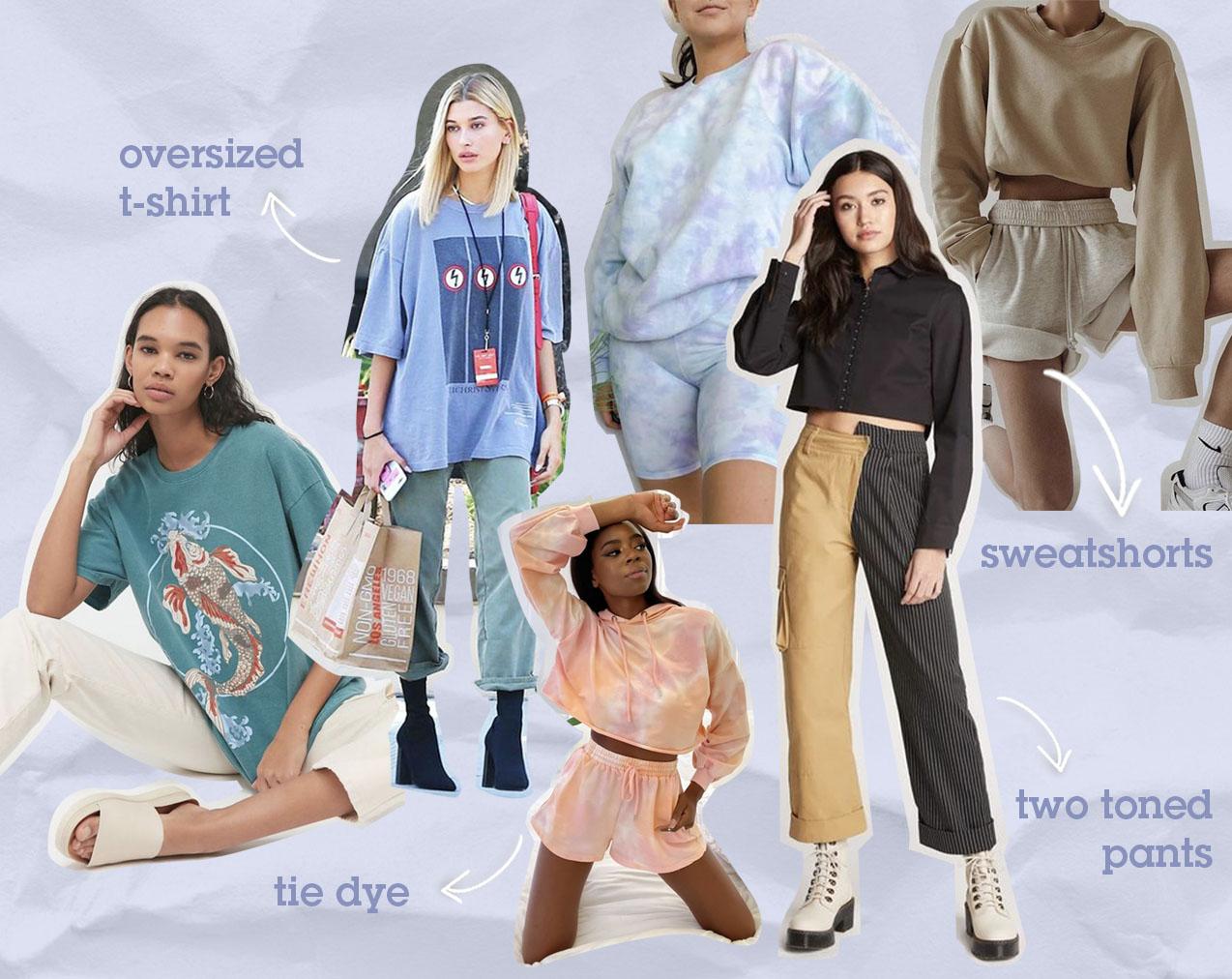In recent years, the line between streetwear and luxury fashion has blurred, creating an exciting crossover that's reshaping the industry. Once seen as separate worlds—streetwear's casual, urban roots contrasting with luxury's exclusive, high-end heritage—these two styles now influence each other like never before.
This fusion has transformed not only what people wear but also how brands connect with their audiences. Let's explore how the streetwear and luxury worlds are colliding and what that means for fashion lovers everywhere.
The Rise of Streetwear Influence
Streetwear began as a grassroots movement, born from skate culture, hip-hop, and youth subcultures in cities like New York and Los Angeles. Characterized by graphic tees, hoodies, sneakers, and casual, oversized silhouettes, streetwear offers comfort and self-expression.
Its emphasis on limited editions, collaborations, and hype created a culture of exclusivity and community, which caught the attention of luxury houses eager to tap into younger, diverse consumers.
Luxury Brands Embracing Streetwear
Luxury brands like Louis Vuitton, Gucci, Balenciaga, and Dior have integrated streetwear elements into their collections, mixing couture craftsmanship with urban aesthetics. Iconic examples include Louis Vuitton’s collaboration with Supreme, Gucci’s bold logo hoodies, and Balenciaga’s oversized sneakers.
This shift signifies a democratization of luxury fashion—making it more accessible and relatable while still maintaining exclusivity through limited drops and unique designs.
What This Means for Consumers
The crossover offers the best of both worlds: luxury quality and streetwear’s laid-back cool. Consumers can now enjoy high-end fabrics and craftsmanship while embracing casual, everyday styles.
It also encourages creativity—mixing a luxury blazer with graphic tees or pairing designer sneakers with tailored trousers. This blend breaks traditional fashion rules, promoting individuality and a fresh approach to dressing.
The Role of Collaborations
Collaborations have been the catalyst for this crossover. When brands from different worlds join forces, they create buzz, blend audiences, and produce highly coveted pieces.
From Virgil Abloh's Off-White x Louis Vuitton to Adidas x Gucci, collaborations bring innovation and excitement, fueling the ongoing streetwear-luxury synergy.
Looking Ahead
The fusion of streetwear and luxury is more than a trend; it's a new fashion paradigm. As younger generations prioritize authenticity, comfort, and self-expression, expect this crossover to evolve further.
Brands will continue to innovate, blending craftsmanship with street culture in surprising ways. For fashion lovers, this means more choices, more creativity, and a dynamic style landscape that embraces both heritage and modernity.
The merging of streetwear and luxury brands reflects today's cultural shifts and the democratization of fashion. Whether you're a sneakerhead, a couture enthusiast, or both, this crossover invites you to rethink style boundaries and embrace a more inclusive, exciting wardrobe.

